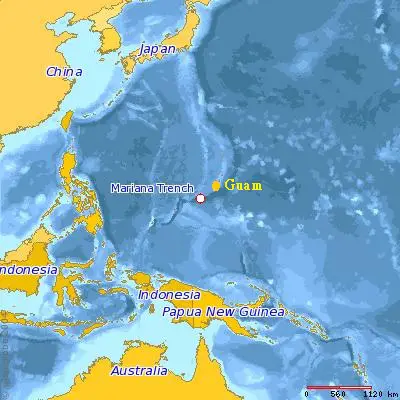At a naming ceremony held at Cammell Laird’s Birkenhead, UK shipyard on the 26th of September 2019, one of world’s most advanced polar research vessels was named RRS Sir David Attenborough.
More than 600 invited guests and above 4,000 public members attended the event. In the event the centerpiece was represented in a three day celebration of British science, shipbuilding and engineering. Including the school and family days.
As one of the most advanced research system, Kongberg’s integrated system is important for the vessel’s position. The RRS Sir David Attenborough was commissioned by the Natural Environment Research Council and Cammell Laird constructed it for operation with British Antarctic Survey. It was made to carry out intensive, multi-disciplinary missions of scientific significance, with minimal impact on the ocean environment it will be used to study.
“KONGSBERG has supported development of the RRS Sir David Attenborough from the very early days, helping us to realise our vision for such a unique and pioneering ship. Our missions will take us to the most remote areas with the most extreme conditions, but we are confident that the technology onboard will enable safe navigation and control, as well as capture of the data our scientists need to address the environmental challenges that we all face today, and in the future,” said Professor Dame Jane Francis, Director of British Antarctic Survey.
Kongsberg Maritime includes the sophisticated, green, cost-effective solutions that include energy management system, cutting edge sensors and robotic technologies that are operated remotely. They all come under it’s ‘Full Picture’ scope of delivery. The design of RRS Sir David Attenboroug is both fuel and logistic efficient. It is to save about £100 million in the operating expenditure over 30 years of life-span.
“Knowing the importance of deep-ocean and under-ice research, it’s an honour to be trusted with enabling safe and efficient marine operations on the RRS Sir David Attenborough, as well as providing the platform for the data capture and analysis that will engender new scientific insight. We wish all those working onboard every success, and anticipate some amazing findings as the ship embarks on the first of its long research voyages,” said Egil Haugsdal, President, Kongsberg Maritime.
TWO MINUTES WITH THE MAN IN CHARGE…
Kongsberg Maritime caught up with Captain Will Whatley, Master of the Royal Research Ship, Sir David Attenborough, working for the British Antarctic Survey.
KM: It’s an exciting day today with great anticipation. What does a day like this mean to you?
WW: This is a huge moment in my career. It’s been a long time that I’ve been involved in this project, since July 2016, so it’s been a huge amount of effort to get to this major and final milestone in the construction of this fantastic ship.
KM: So, what’s next in terms of sea trials? What’s left to do in the yard before sea trials commence?
WW: At the moment, we’re in the final stages of internal outfit, and we’re commissioning the systems. We’ve still got plenty of testing to do alongside, just to make sure that the ship is safe to go to sea. Once all of that is complete, we’ll initially go to sea on yard sea trials, and then come back in, and we’ll then transfer ownership to us, and we’ll then commence our scientific sea trials, which will include things like icebreaking, and testing with helicopters… it will be very involved.
KM: So, a chance to put her through her paces in the real environment she has been designed for.
WW: That’s right, yes.
KM: In terms of the design – obviously, formerly a Rolls-Royce design and now a KONGSBERG design – what are you looking forward to about the structure and the design of the hull form in particular, as an experienced captain? What do you think this will bring you?
WW: Well, Rolls-Royce, now Kongsberg, were given a big challenge to try and fit lots of features into one hull, and as such they’ve had to make lots of compromises. But I think, considering that the specification they were given, to try and fit all of these capabilities into one hull, they’ve done really well, and I think that the ship will handle well. I’m really looking forward to trying it.
KM: Can you describe the worst of the conditions that you’ve faced in your career, and how you think a ship like this could handle them?
WW: The worst conditions are either big sea states or heavy ice. We do experience a lot of Southern Ocean storms with massive seas, and there’s no shelter, but the ship is designed to withstand that, and there’s no reason why she won’t do so.
PR Reference: Kongsberg Maritime
from WordPress https://www.maritimemanual.com/one-worlds-advanced-polar-ship-rrs-sir-david-attenborough-officially-named/

No comments:
Post a Comment